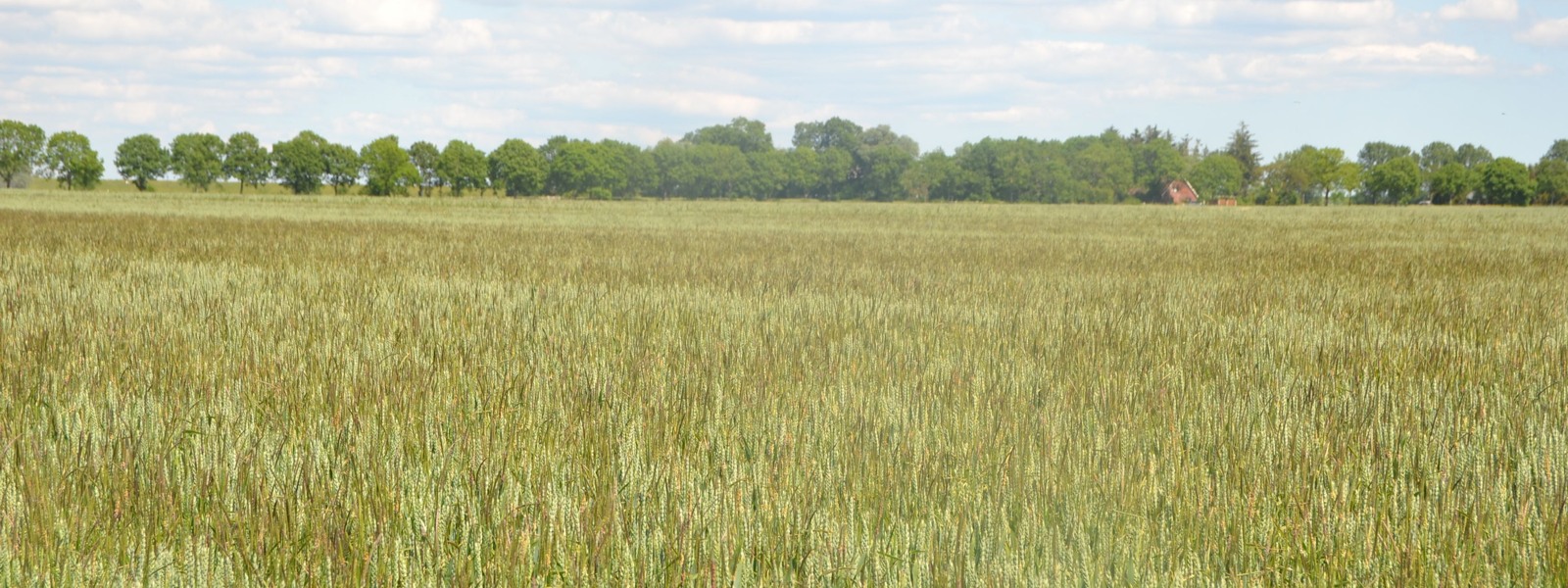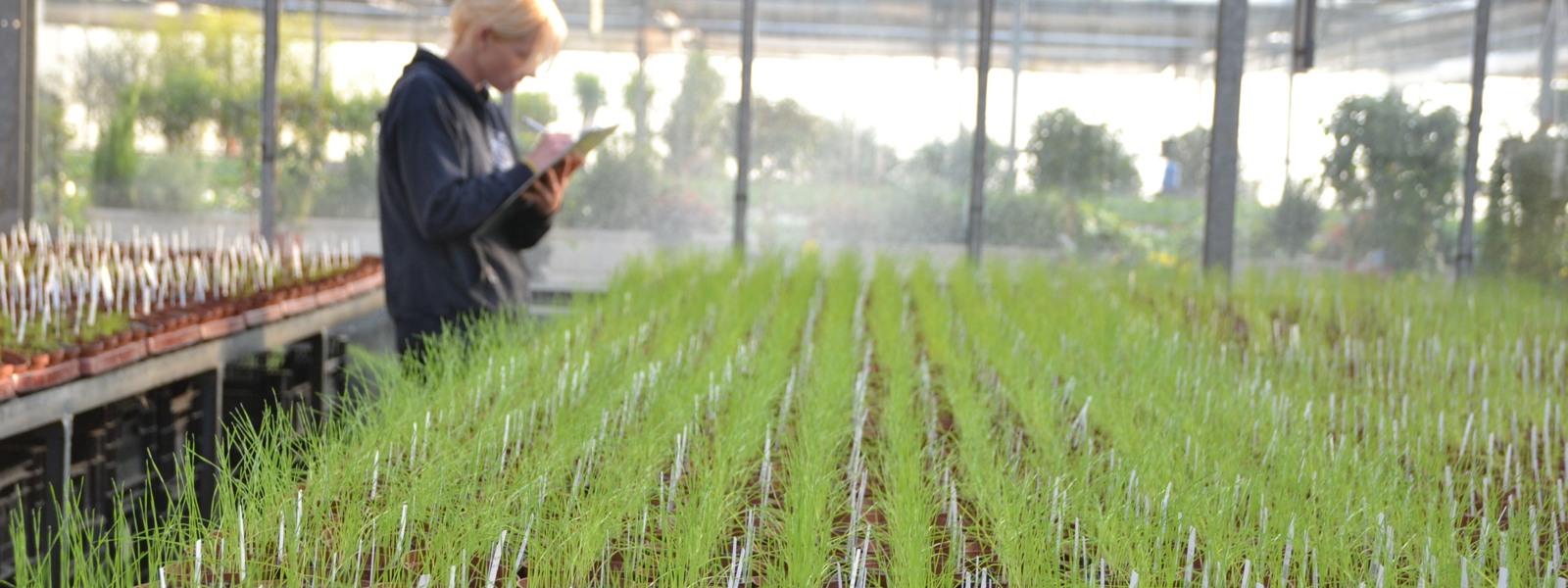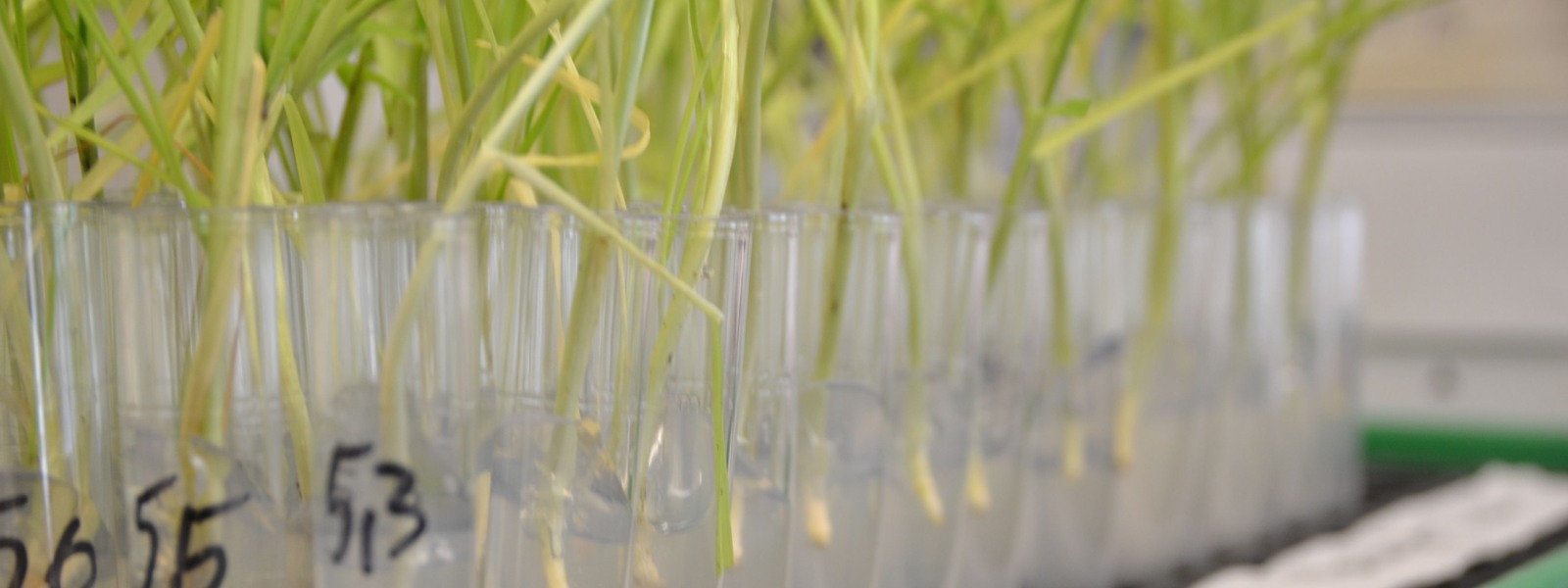Why a PCR Test Offers More Than Just a Susceptibility Profile
A common argument in advisory services is:
„In principle, it’s sufficient to know which herbicides are still effective in order to make an informed herbicide decision.“
At first glance, greenhouse susceptibility profiling seems adequate for this purpose. While this view is not entirely wrong, it falls short.
So, what does additional molecular diagnosis of resistance mechanisms offer?
A lot! Understanding the genetic mechanisms behind observed resistance allows early identification of the long-term development direction of a black-grass population in a particular field. This knowledge enables rational and forward-looking countermeasures. The goal is to secure the available management options over the long term – in other words, to preserve the „degrees of freedom“ in herbicide strategy. The following examples illustrate how this can be achieved:
Case 1: Metabolic resistance (NTSR) to Pinoxaden (Axial® 50)
Case 2: Metabolic resistance (NTSR) to Pinoxaden (Axial® 50) and Pyroxsulam (Broadway®)
Case 3: Target-site resistance (TSR) to ACCase inhibitors: Pinoxaden (Axial® 50) and Cycloxydim (Focus® Ultra)
Case 4: Target-site resistance (TSR) to ACCase and ALS inhibitors: Pinoxaden (Axial® 50), Cycloxydim (Focus® Ultra), Pyroxsulam (Broadway®), and Foramsulfuron + Thiencarbazone + Iodosulfuron (MaisTer® power)






